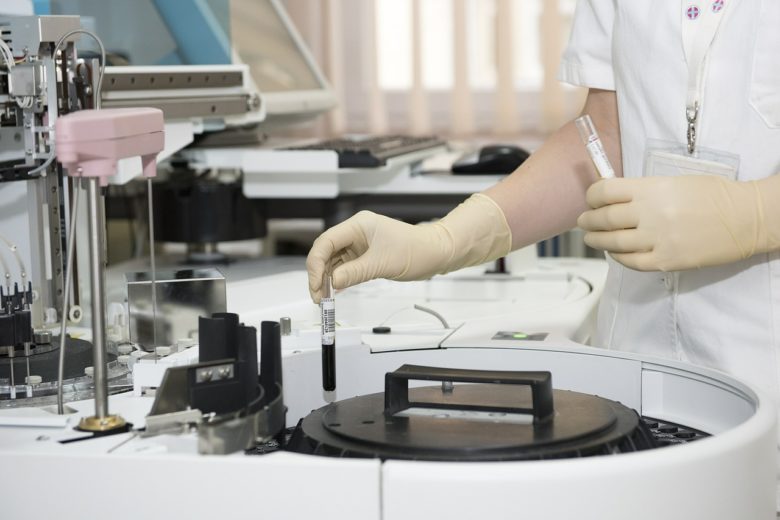
What Green Healthcare Means for Medical Manufacturing
We are reader-supported. When you buy through links on our site, we may earn affiliate commission.
The term, “green healthcare,” refers to the incorporation of eco-conscious practices in healthcare delivery. Industry professionals have seen the value in these improvements, as they reduce their ecological footprint, save money and help educate members of the public on environmental stewardship.
As an example of the updates, the use of biodegradable cutlery in hospital cafeterias results in less waste. Safe cleaning agents, fewer pesticides and sustainable renovations are all a part of the green healthcare movement. In short, it’s an effort to enhance the well-being of patients while restoring the environment.
Beyond the benefits of the transition, it’ll have a transformative effect on many areas of the industry. Medical manufacturing will need to change, given the massive volume of waste from the disposal of medical supplies. Though it’s an issue of patient safety, it represents a significant problem for sustainability.
In terms of the scale of that problem, a U.S. study found that a single hysterectomy produced as much as 20 pounds of waste in packaging, drapes, plastic and related materials. The gowns, syringes, clinical instruments and other single-use items from healthcare facilities are piling up in landfills at a rapid pace.
That said, the solution isn’t as simple as reusing supplies. Health Canada and Ministry of Health standards are clear in which instruments medical professionals are allowed to reuse, and which they have to throw out. So how extensive is the issue, and what are medical manufacturers doing to adapt to green healthcare?
A Complex Problem
As mentioned earlier, healthcare professionals dispose of single-use medical products for patient safety. They also dispose of them for cost and convenience, as it’s often easier and faster to throw out a pair of scissors, for example, than resterilize and store them. This practice was common for procedures outside the OR.
In recent years, hospitals have substituted scissors and similar instruments with disposable alternatives. Even the surgical trays themselves are disposable. While this may not seem that consequential, a doctor with a piece of broken equipment will have to open a new tray and throw out the equipment in that tray as well.
Even though this waste appears excessive, it’s unfair to assign blame. When outbreaks reveal vulnerabilities in supplies which are difficult to sterilize, regulatory bodies mandate these medical instruments as single use. If they don’t, they’re placing their patients at risk by increasing the chance of future outbreaks.
Naturally, this creates a conflict. The primary goal of medical professionals is to preserve the health of their patients, but in doing so, they produce a substantial amount of non-biodegradable waste which is harmful to the environment. Fortunately, medical organizations have noticed, and they’re taking action.
A Potential Solution
Several organizations in the United States have called for higher standards of sustainability in the healthcare industry. In 2016, two NGOs and four major healthcare companies launched the Greenhealth Exchange. Its mission is to investigate and promote green alternatives for medical professionals.
Greenhealth Exchange is part of the organization, Practice Greenhealth, which seeks to help the healthcare industry embrace environmental values. Their “Greening the Supply Chain Initiative” aims to provide a common set of tools for manufacturers, suppliers and purchasers in healthcare.
Give the size and influence of Practice Greenhealth, their project will likely cause a considerable shift in the healthcare industry. As context, the nonprofit has more than 1,100 members and represents 20% of the healthcare market. They have the means to effect change on an enormous scale.
Concerning that change, Practice Greenhealth intends to develop a range of industry-specific, standard questions around the Kaiser Permanente Sustainability Scorecard. It covers all medical equipment and associated products currently in use in medical offices, hospitals and related facilities.
With this initiative, Practice Greenhealth hopes to build a database to simplify the distribution and purchase of eco-friendly medical supplies. Eventually, with updates to product evaluation and the application of new technologies, organizations everywhere will move closer to their sustainability goals.
A Glimpse of the Future
As we move toward the future, green healthcare will only grow increasingly relevant. Greater attention on sustainability will drive more healthcare institutions to seek eco-friendly alternatives to single-use medical supplies, and Practice Greenhealth will provide the information they need to make the transition.
More than that, the fourth industrial revolution has immense potential to transform manufacturing. The integration of new technologies supports innovation. While these digital trends have a mixed effect on the environment, they’ll likely prove important for green healthcare initiatives in the decade to come.
Despite the challenges of regulations and single-use medical products, organizations are coordinating to find solutions. Whether these solutions come in the form of recycled exam table paper or hemp hospital gowns, it’s exciting to speculate what we’ll see from medical manufacturers in the next several years.
A Significant Step Forward
Green healthcare is integral to increasing sustainability in medical institutions around the world. As nonprofit organizations like Practice Greenhealth push for change, and manufacturers adapt, the healthcare industry will continue to make progress. Ultimately, these efforts represent a significant step forward in the ongoing fight for environmental protection.
Share on
Like what you read? Join other Environment.co readers!
Get the latest updates on our planet by subscribing to the Environment.co newsletter!
About the author

Jane Marsh
Starting from an early age, Jane Marsh loved all animals and became a budding environmentalist. Now, Jane works as the Editor-in-Chief of Environment.co where she covers topics related to climate policy, renewable energy, the food industry, and more.





